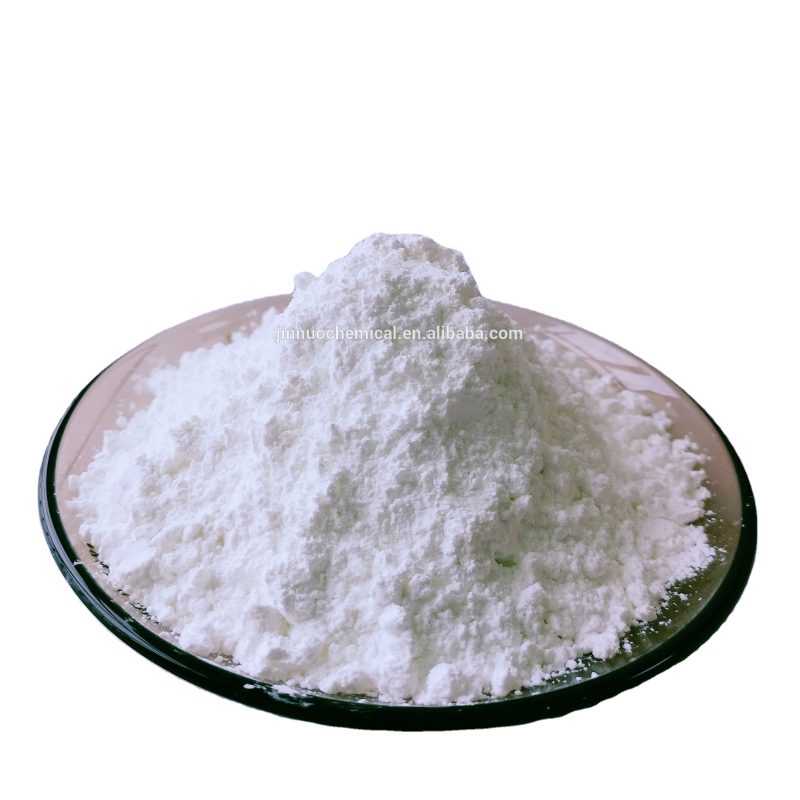-
Categories
-
Pharmaceutical Intermediates
-
Active Pharmaceutical Ingredients
-
Food Additives
- Industrial Coatings
- Agrochemicals
- Dyes and Pigments
- Surfactant
- Flavors and Fragrances
- Chemical Reagents
- Catalyst and Auxiliary
- Natural Products
- Inorganic Chemistry
-
Organic Chemistry
-
Biochemical Engineering
- Analytical Chemistry
- Cosmetic Ingredient
-
Pharmaceutical Intermediates
Promotion
ECHEMI Mall
Wholesale
Weekly Price
Exhibition
News
-
Trade Service
Ref: Hung PS, et alNeuroimage Clin2017 Jun 12;15:710-718doi: 10.1016/j.nicl.2017.06.017eCollection 2017.)Trigeminal Nerve Pain (TN) is characterized by facial shock-like pain, microvascular decompression (MVD) relieves pain caused by vascular compression of the trigeminal nerve entering the bridge brain region (REZ), and Gamma Knife Radiotherapy (GKRS) can treat pain caused by abnormal trigeminal nerve pool segmentsMost patients can get a complete relief from the pain through surgery, but 20% of patients still have postoperative pain that cannot be alleviated or relapse soonPredicting pain outcomes is necessary to help optimize treatment options and reduce unnecessary measuresPeter S.-Pat Toronto West Hospital, Ontario, CanadaHung et altested the dispersal properties of the trigeminal nerve microstructure with MRI dispersal altmothography (DTI) to predict the surgical efficacy of trigeminal nerve pain, the results of which were published in the June 2017 issue of neuroImage: Clinicalthe study included 31 patients with primary trigeminal nerve pain who had not previously undergone surgeryAccording to the occurrence of trigeminal nerve pain in one year after surgery, 17 patients were divided into long-term effective group, 14 cases to invalid group, and another 16 healthy adults were assigned to the control groupAn image of the trigeminal neurofibre structure was obtained through multi-tensexpansion simplified fiber tracking imaging (extended edify ingle streamlined cell tracography, XST) and is divided into three segments according to anatomical position: brain pool segment (CS), REZ region, and brain bridge segment (PS)The ROI region positioning of the 3 segments is as shown in Figure 1; the dispersion parameters of each segment: anisotropy fractions (FA), average dispersion value (MD), axial dispersion value (AD) and radial dispersion value (RD), obtained from the ROI region of each segmentFigure 1 Segmentation of the Trident nerve and the ROI area of the corresponding paragraphs results showed that in the CS segment, the mD and AD values (P 0.05) decreased significantly compared to the asymptomatic side and control groups in the CS segment, the side AD, RD and MD values increased significantly in the REZ region (P,05); and in the segment PS, there was no significant difference between the asymptomatic side and control group In the patients of the invalid group, there was no significant difference between the patient side and the asymptomatic side and control group in the CS segment, in the REZ region, the side FA value was significantly reduced (P 0.05), and in the PS segment, the side AD value increased significantly (P 0.05) (Figure 2) At the group level, the threshold analysis was carried out by Bootstrap repeated sampling (2000 iterations), and the result was that in the PS segment, when the AD value was greater than 0.0018 and mD value was greater than 0.0010, the surgical treatment was more likely to be invalid, and in the CS segment, the probability of surgical ineffectiveness was greater when THE FA was less than 0.38 In order to predict the group threshold into the actual useful individual level, the AD and RD value prediction rate is evaluated by the criteria for the function analysis (discriminant function analysis, DFA) model The results showed that the prediction rate of AD and RD values to the surgical efficacy of individual patients was 83.9%, of which the prediction rate of long-term efficacy was 82.4% (14/17) and the prediction rate of the invalid was 85.7% (12/14) Among them, the AD and RD values of the brain bridge segment played a major role in the prediction of surgical effect, accounting for 51.6%, followed by the brain pool segment accounted for 38.4%, and THE REZ region accounted for 9.9% Figure 2 Comparison of the dispersal parameters before the trigeminal nerve synosis the first time that the study predicted the effectiveness of surgical treatment in TN patients through preoperative detection of the trigeminal nerve dispersion parameters, including FA, MD, AD and RD, and more accurately distinguished those who obtained long-term efficacy after surgery Among them, the main role in the prediction is the PS segment AD and RD values, suggesting that TN patients brain bridge microstructure changes are more likely to cause surgery ineffective The long-term efficacy group had lower MD and AD values in the CS segment, indicating the possibility of nerve inflammation or axon abnormalities, while the invalid group was characterized by a higher AD in the PS segment, indicating an axon anomaly in the PS segment Since MVD and GKRS function against THE REZ region and CS segment anomalies, the TN treatment resulting in the PS segment axon anomaly in the invalid group was not effective The dispersal changes in ps segments play a major role in predicting surgical efficacy, so before surgery you should consider what causes the dispersal changes in the brain bridge segments, such as the degree to which blood vessels compress the nerves, the duration of symptoms, or other potential factors that cause neurological changes (Professor Wang Zhiqiu , of Huashan Hospital, Fudan University, is reviewed by Dr Yang Jia
of the Department of Neurosurgery, Marburg University, Germany, and related links to Professor Wang Zhiqiu, editor-in-chief of The Sun's Outside Information, and Professor Chen Jicheng , affiliated with Fudan University.







